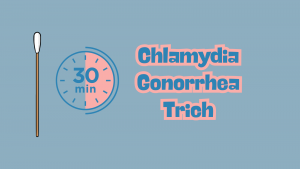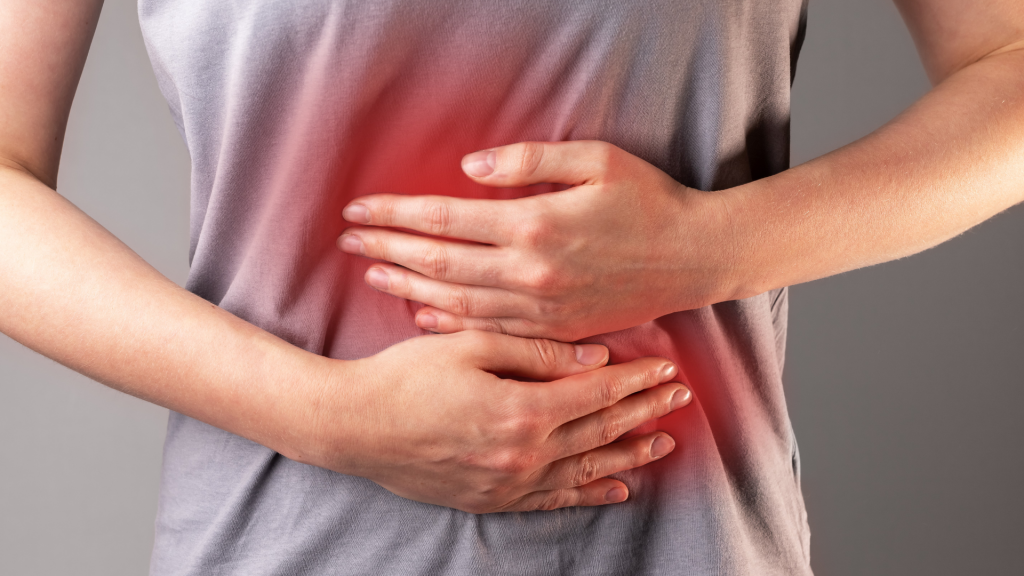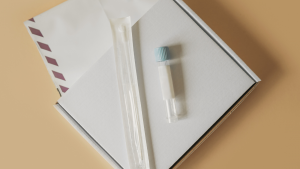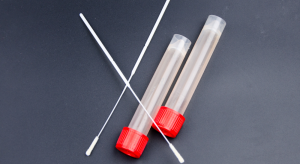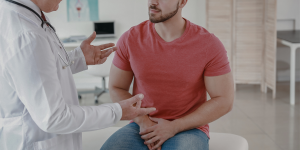Pelvic inflammatory disease (PID) is a serious infection in the upper genital tract/reproductive organs (uterus, fallopian tubes and ovaries) of women. PID can be sexually transmitted or naturally occurring. It can lead to infertility in women (unable to have children) or life-threatening complications.
Women between ages 15 and 25 have the highest incidence of PID. In the United States, PID is the leading cause of infertility in women.
How does someone get PID?
The most common causes of PID are two sexually transmitted infections (STIs)—chlamydia and gonorrhea—that go untreated. Other bacteria or germs that are not passed through sex may also be a cause.
PID occurs when an infection in the cervix and vagina isn’t treated right away. The infection spreads from the cervix up into the uterus, fallopian tubes and ovaries, all of which can be damaged if not promptly treated. PID can develop anywhere from several days to several months after infection with an STI.
What can cause an infection to spread into the upper genital tract?
- Untreated infection. Untreated, about 10-15% of women with chlamydia will develop PID.
- There is a small risk associated with using an intrauterine device (IUD). There is a slight increased risk of PID in the first 3 weeks after insertion, but overall the risk is low.
- Douching. Women who douche once or twice a month are more likely to have PID than those who douche less than once a month.
What are the symptoms of PID?
- Dull pain or tenderness in the lower abdomen
- Burning or pain when you urinate (pee)
- Nausea and vomiting
- Bleeding between menstrual periods
- Increased or changed vaginal discharge
- Pain during sex
- Fever and chills
It is possible to have PID and have no symptoms, or have symptoms too mild to notice, for an unknown period of time. PID can also be misdiagnosed as appendicitis, ectopic pregnancy, ruptured ovarian cysts or other problems.
How is PID diagnosed?
A health care provider may diagnose PID if all three of the following symptoms are found during a pelvic exam:
There may be other explanations for these symptoms, so your health care provider may also order additional tests—like tests for chlamydia or gonorrhea.
A pelvic ultrasound is a helpful procedure for diagnosing PID. An ultrasound can view the pelvic area to see whether the fallopian tubes are enlarged or whether there is an abscess (pus-filled area).
In some cases, a laparoscopy may be necessary to confirm the diagnosis. A laparoscopy is a surgical procedure in which a thin, flexible tube with a lighted end (laparoscope) is inserted through a small incision in the lower abdomen. This procedure lets the doctor to view the internal pelvic organs and to take specimens for laboratory studies, if needed.
How is PID treated?
Broad-spectrum antibiotics are the recommended treatment. Sex partners of patients who have PID should be examined and treated if they have had recent sexual contact to avoid re-infection.
If you receive treatment for PID:
- Take all medications as directed.
- You may need a follow-up exam 48 to 72 hours after start of treatment to make sure the medicine is working.
- Return for another exam after completion of treatment to make sure the infection is completely gone.
- Tell your partner to get tested and treated.
Remember: Do not have sex until you and your partner(s) have been treated and cured.
Hospitalization to treat PID may be recommended if the person:
- is severely ill (nausea, vomiting, and high fever)
- is pregnant
- does not respond to or cannot take oral medication and needs intravenous antibiotics
- has an abscess (infected area with pus) in the fallopian tube or ovary
If symptoms continue or if an abscess does not go away, surgery may be needed. Complications of PID, such as chronic pelvic pain and scarring are difficult to treat, but sometimes they improve with surgery.
Untreated PID infections may lead to:
- Infertility. Because of PID, each year more than 100,000 women will not be able to have children as a result of scarring or damage to cells lining the fallopian tubes.
- Cystitis (inflammation of the urinary bladder)
- Ectopic (tubal) pregnancy
- Recurrent episodes of PID
- Chronic pelvic pain
Talking to Your Partner(s)
Telling a partner can be hard, but keep in mind that most people with an STI don’t know they have it. It’s important that you talk to your partner as soon as possible so she or he can get treatment. Men are more likely than women to have symptoms of chlamydia or gonorrhea (two STIs that cause PID). It is possible to pass PID back and forth, so if you get treated and your partner doesn’t, you may get infected again.
